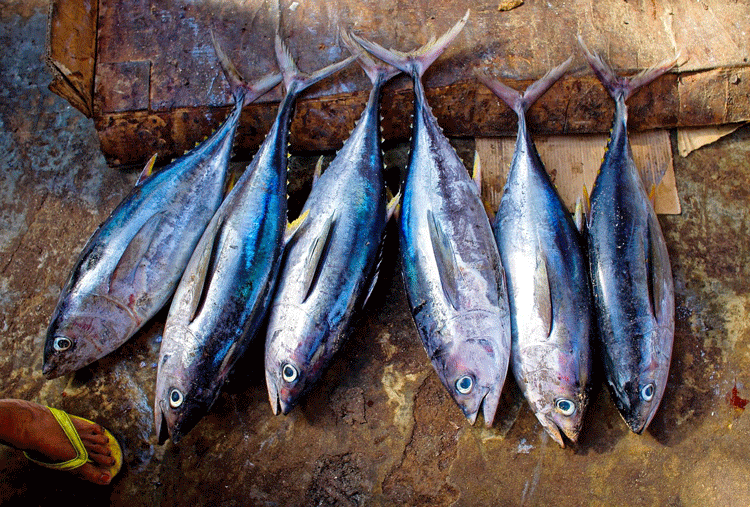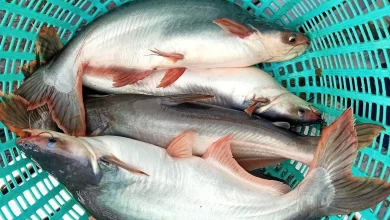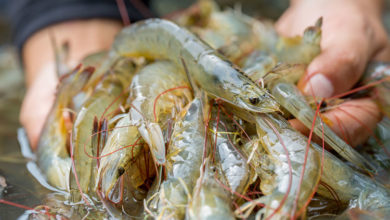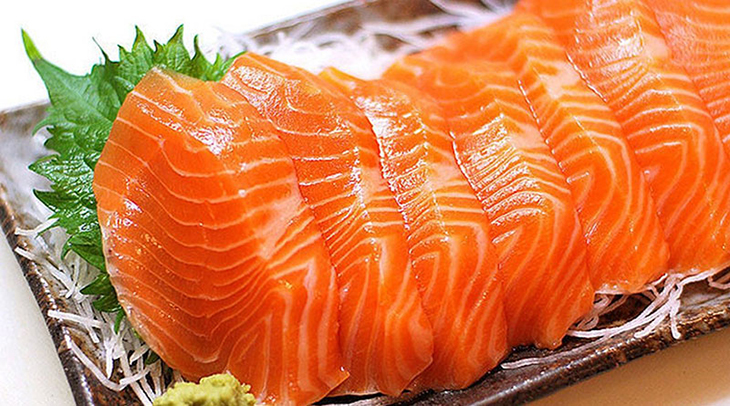Vietnamese bivalve mollusks: Favored in EU market
According to the Association of Seafood Exporters and Producers (VASEP), the EU was the largest importer of Vietnamese bivalve mollusks in the first half of 2021, accounting for 60% of Vietnam’s total bivalve exports, in which, clam products occupied the highest proportion.
Preference of ready-to-cook products
According to VASEP, bivalve exports of Vietnam to the EU in the first half of 2021 reached 36.9 million USD, up 35% over the same period the previous year. In the first quarter of 2021, the export of this item to the EU increased by just 11%, but in the second quarter, the turnover of this item rose by 56% compared to the same period last year. In the second quarter of 2021, bivalve exports to the EU climbed by double digits every month.
Of all bivalve products of Vietnam that were exported to the EU, clam made up the highest proportion (brown clam, white clam, undulating clam). The export value of this item to the EU market achieved good growth in the first months of 2021 since these products were all ready-made, convenient, inexpensive, and did not depend on imported sources.
In the first 6 months of this year, Italy, Spain, and Portugal were the three largest EU importers of bivalve mollusks from Vietnam, accounting for 21%, 17%, and 12%, respectively. The value increased by 19-76% to 13 million USD, 10 million USD, and 7 million USD, respectively, over the same period last year.
Open opportunities

Besides the US market, the EU is a potential market of Vietnamese seafood enterprises, and bivalve mollusks in particular. Although the economic recovery of this market is slower than that of the US, the demand changes considerably once the COVID-19 pandemic is under control. EU importers tend to pay more attention to Vietnamese seafood suppliers with preferential tariffs from the EU-Vietnam Free Trade Agreement (EVFTA) and stable raw material sources. Exports of bivalve mollusks to the EU are expected to grow higher in the future.
The FAO also stated that the prospect of bivalves is quite promising despite the ongoing COVID-19 crisis. The production, trading, and demand of bivalves are likely to rebound this year. When the COVID-19 vaccine is validated and the HORECA sector (providing food/beverage for the restaurants, hotels, and other related food services) reopens, the price of bivalve mollusks may increase since demand will exceed supply.
Shellfish such as oysters, mussels, clams, cockles, and scallops (live bivalve mollusks) are generally harvested from waters that are either classified as class A or class B. Shellfish harvested from class A waters are of good quality; they can be exported to the EU without preprocessing. In contrast, class B waters mean that the shellfish are not ready for human consumption before preprocessing. In the past, exporters delivered class B shellfish to the EU and then they were purified here.
However, since January 1, 2021, for public health reasons, the EU has issued a ban on importing bivalve mollusks from the UK where bivalve products are commonly harvested in class B waters. As a result, many other markets, including Vietnam have the potential to increase their exports of this item to the EU. From that, it can be said the EU market is highly demanding. These difficulties, on the other hand, also help Vietnamese bivalve exporters improve their business strategies.
Despite facing various difficulties, Vietnamese exporters of bivalve mollusks to the EU still have a number of opportunities to exploit the potential at this market because the economies of some countries in the block are relatively strong. To be successful, Vietnamese businesses should diversify products, enhance quality, develop good competitive pricing strategies, learn more about legal issues and tariff preferences in each country.
|
>> There are several big Vietnamese firms exporting clam products to the EU, namely Thanh Hoá Seafood Import-Export Joint Stock Company; Minh Đăng Co., Ltd; Bến Tre Seafood Joint Stock Company; and Lenger Seafoods Vietnam Co., Ltd. Exporters aim to dominate this prospective market by focusing on developing marketing strategies and brand promotion. |






